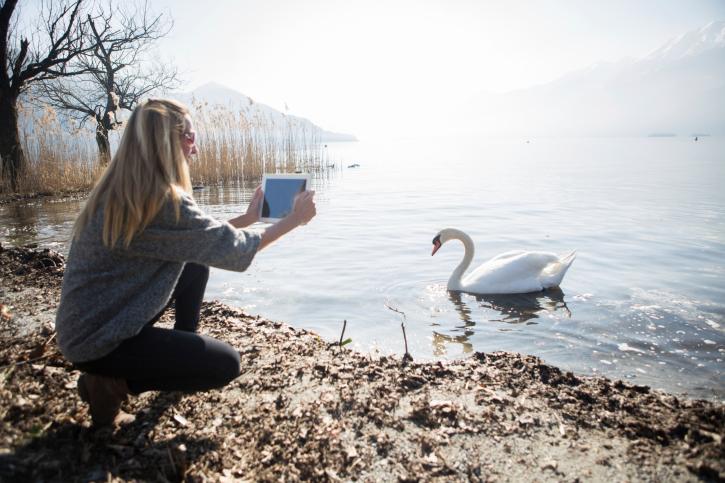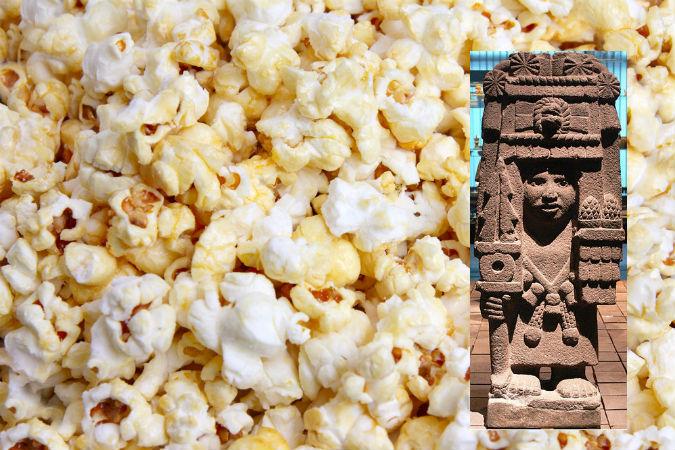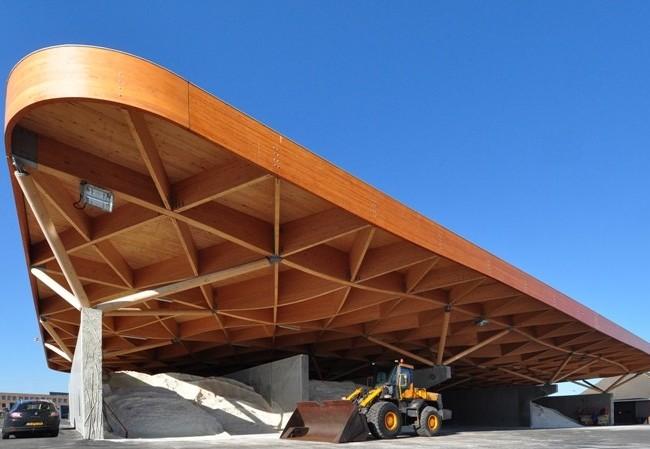It’s now easier to transform your yard, farm, office garden, or school or community plot into a wildlife refuge. You can just plug into the YardMap app and make use of tools that tell you where to get native plants locally and other useful, site-specific information. It also tells you how to involve your (grand)children, giving you a shortlist of bird books for kids, for example.
The virtual forum is built to connect people with exactly the scientific and practical knowledge they need to make their personal space a bit greener. In return for the information provided, the interactive forum uses the data from over 7,000 sites to gain more scientific insight into wildlife around the world. This data helps conservation initiatives.
One of the featured gardens on YardMap belongs to a user named Janet in Syracuse, N.Y. For birds, she provides seeds and berries as well as cover for them to raise their young in a sugar maple tree, a Kentucky coffee tree, and other kinds of trees. For smaller wildlife, she has a butterfly garden patch and a natural pond. She has been developing her plot for 12 years and now sights 17 different bird species a month.

A garden in Syracuse, N.Y., owned by Janet, a user on YardMap.org. It shows various portions of the garden marked on for different uses. (Screenshot/YardMap.org)
If you want to put yourself on the YardMap, and make use of other participants’ knowledge on how to make your place more suited for birds and other wildlife, here’s how you get started (Also see video below):
1. Pinpoint your location on the map. The YardMap is a Google-generated map, so it’s like finding your location on Google Maps Streetview.
2. Within your plot of land, you can designate certain areas for the purposes you desire. For example, you can mark off a section as a butterfly garden, another as lawn space or a vegetable plot.
3. You can mark your sustainable practices or “objects,” such as a snag or a birdhouse; you can get feedback and earn “seeds of change” badges.
4. You can add photos of birds or other creatures you have sighted in your plot, and YardMap has many more tools to play with.
YardMap is an example of the combined strength of citizen science and scientific and environmental education. Where citizen science and science education focus on transferring knowledge and skills, environmental education also makes people value nature and change their behaviors that impact the environment.
Edible school gardens are another example of the convergence of citizen science with scientific and environmental education. They enable schools to teach basic scientific knowledge in preparing and maintaining the gardens. The gardens also give students a chance to connect with the local government, restaurants, and garden center, thereby creating community engagement, learner empowerment, improved personal health, and a better connection with food and space.
Arjen E.J. Wals emphasizes in a Science article published May 9 that addressing environmental challenges such as pollution and the loss of biodiversity will require the synergy of science education and environmental awareness.
Treating a polluted river, for example, would require scientists with a knowledge of how to monitor water quality, how to identify pollutants and their physical effects, and how to make use of remedial technologies.
It would also require an analysis of the circumstances and human error that caused the pollution and finding ways of cleaning up the pollutants with the resources of the community, policy makers, and industry.




